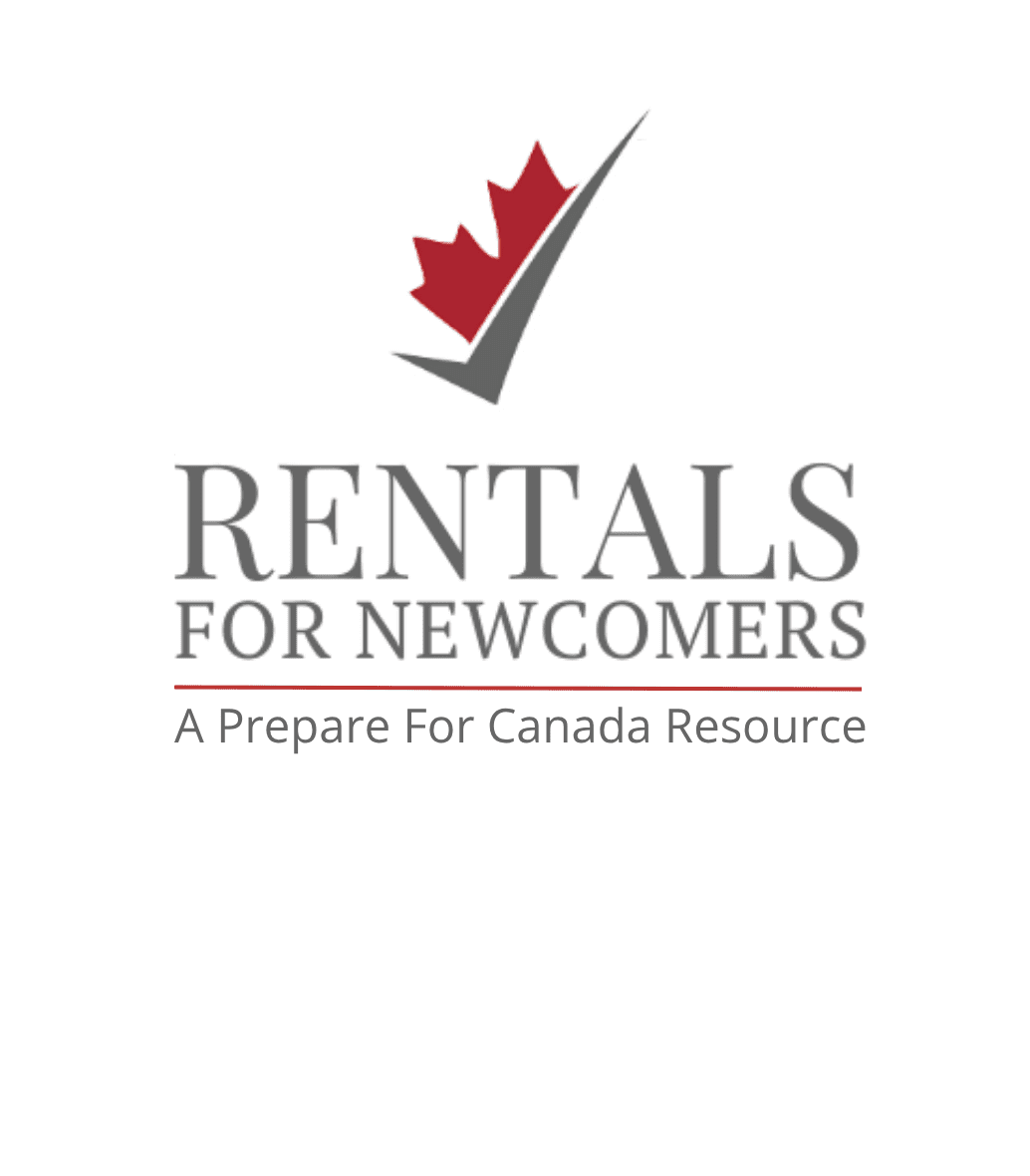
Managing Money
Canadian Financial Tips Before You Move to Canada

Managing Money
Tenant Insurance in Canada: Why Do Newcomers Need it?

Managing Money
What is Fraud Prevention Month in Canada?

Managing Money
Cost-Saving Ideas: 22 Practical Tips for Newcomers

Managing Money
Valentine’s Day Gift Ideas to Grow Your Money

Managing Money
Do Newcomers Need to File an Income Tax Return?

Managing Money
Inflation in Canada and What it Means for Newcomers

Managing Money
Why Tenant Insurance for International Students is Vital

Managing Money
How to Manage Your Personal Finances When You’re New to Canada

Managing Money
Boxing Day in Canada Can Save You Money








